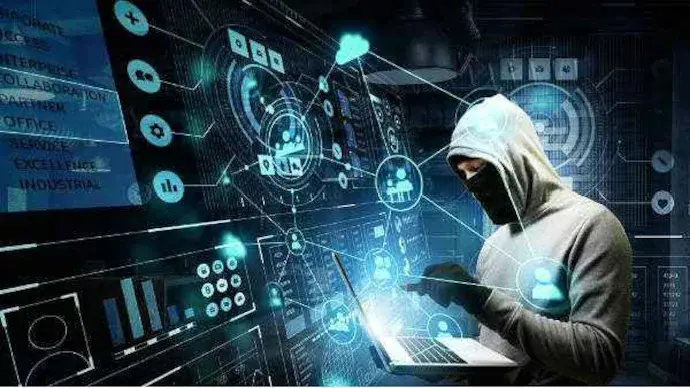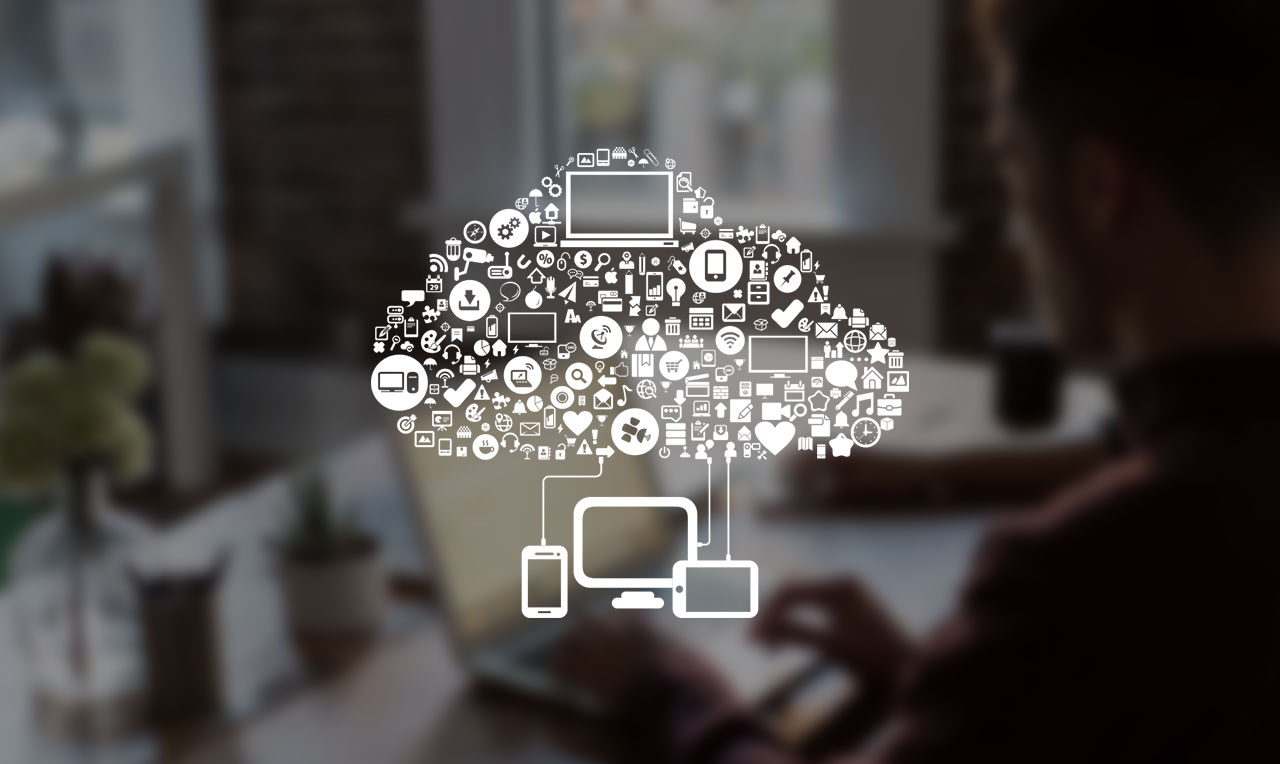The Ways of Life Are Changing Due to Digital Accessibility and Inclusion
Despite the fact that most people now use the term “disability” to describe someone with limited or no skills (in eyesight, speech, cognition, and so on) and that it is a far better phrase than “handicapped,” “disability” will be relegated to the same position one day. Great strides have been made in the field of digital accessibility during the last two decades. For example, as more people become aware of the difficulties that people face and the need for digital equality, the status of what it means to be disabled grows. Even if the majority of people are unaware of what digital accessibility entails, business executives, government officials, and legal experts are becoming increasingly aware of the necessity to aid those who use assistive technology in making productive and meaningful use of technology.
As technology becomes more widespread in our lives and digital makes it simpler for everyone to use it, the gap between disabled and non-disabled people is decreasing. Although we are not yet at the point where we can say that specialized technology has eliminated all of the difficulties that a person with a disability may face, it has significantly eased coping with life’s issues. Although some individuals believe that science and technology may one day eliminate all or the vast majority of infirmities, they recognize that this day is still a long way off.
Getting Around
To get a sense of how far technology has come in the preceding 50 years, consider how a blind person communicated, traveled, and shopped in the mid-twentieth century.
There are landlines, typewriters, and Braille materials available.
Because books, periodicals, and newspapers were mailed to us by blind-specific libraries, we had limited access to them. We couldn’t see the labels on prescription bottles or soup cans, and there were no Braille signs in the buildings. It was possible to hear but not see what was on television.
There Were Once Few Options For Public Transportation
Unless you lived in a big city with public transportation, taxis were prohibitively expensive if they were available in your area. The ability of passengers to travel by rail or aircraft was not assured. There were no gadgets to help us find our way or indicate our position. Large indoor venues were challenging to maneuver, necessitating orientation services or government assistance.
Physical Store Shopping
Even if you had a job and could get around on your own, you needed help from the employer or store owner to buy products and services. This aid was only accessible on occasion. Some people can shop alone, but it may be a stressful experience.
Technology has come a long way in the last 50 years! The examples below show what good, accessible technology and a plethora of imaginative ideas have done for us 50 years later in terms of increasing our autonomy and moving us up the equality ladder in various ways.
Communication-Improving Technology
Using Zoom, we can now communicate on various devices, from mobile phones to computer workstations. We make reports from anywhere with a Wi-Fi or mobile signal using word processors, email, and text messaging. We can read virtually any magazine, book, or newspaper that comes to mind. Prescription bottles and canned, boxed, and packaged groceries are now widely available. Excellent assistive technology, such as screen readers, magnifiers, automated captioning systems, and conveniently available digital information, has assisted in this. We may now watch various television programs thanks to the introduction of descriptive video services (DVS). The Americans with Disabilities Act (ADA) requires that most buildings incorporate Braille labels on room signs and elevator controls.
It’s Easy to Plan a Trip
Rail and aircraft travel is now safe in many parts of the world, and mobile ridesharing makes it easy to move around cities. GPS has increased our alternatives while also making walking and driving more convenient. Augmented reality programs like AIRA and Be My Eyes use live assistance from sighted people to broadcast to our mobile devices, allowing us to walk freely in unfamiliar environments such as massive skyscrapers.
Shopping on the Internet is Here to Stay
The ability to have practically anything delivered directly to one’s home has made it significantly easier to acquire what one desires in the previous five years. Not only has online shopping enabled us to have items mailed to us, but it has also provided us with access to products and services that we would not have known about if we had shopped in a store. Furthermore, despite the COVID-19 outbreak, grocery delivery will continue to exist.
Yes, things have improved, but they are far from perfect. Accessibility still needs much work to improve and become the norm (expectation). PDFs and online forms are frequently inaccessible to people with disabilities because they lack critical qualities that allow them to be used. We could make travel easier if we had more freedom in where we went, but many e-commerce sites’ shopping still needs to be enhanced. However, modern life was far preferable to life even twenty years ago.
QualityLogic and other software providers have been supporting businesses in making their websites more digitally accessible to get them on the correct track. Businesses may create game plans and designs for their software that anybody can utilize by providing them with an educated staff.
Accessibility Improved Because of Technological Advancements
These developments have brought us a long way toward completing fundamental tasks that most people take for granted. Much progress has been made possible by technology, but much of it has also been designed to make life easier for the majority of people. As the expression goes, “one person’s convenience is another person’s accessibility.” Food delivery benefits many people, but those who are unable to drive or navigate a grocery store due to impaired vision must have it.
Technology will continue to bridge the gap between persons with and without disabilities. Wearable technology, for example, will be able to see, hear, and understand what is going on around us thanks to 5G networks and ultra-fast AI (Artificial Intelligence) and ML (Machine Learning) systems. Access to digital content such as web pages, multimedia, mobile applications, and traditional office papers is increasing, although some digital content is still being investigated.
Technology continues to permeate every aspect of our lives, from the touch displays on our appliances and workout equipment to the climate controls in our homes. If we want to achieve our goal of full inclusion, we must have total access to many types of digital material.
Despite the fact that technical progress has improved the lives of millions of people, true digital equality is still a long way off. Whatever your point of view, digital access is here to stay. Accept it and continue to enhance it by raising awareness, teaching others, and cooperating until it is no longer regarded as a specialized skill set to be avoided and becomes the benchmark for effective digital solutions that make our lives easier and more enjoyable.
Enhance Your Website’s Usability
If you operate a business and want to make your website more digitally accessible, contact QualityLogic. We believe that everyone, regardless of condition or handicap, is entitled to access. We will assist you with education and developing a strategy that will allow everyone to visit your website.
Learn more about our products and our digital accessibility starter kit when you click here. Even though it is a huge hurdle to cross, QualityLogic may make browsing your website a breeze.













